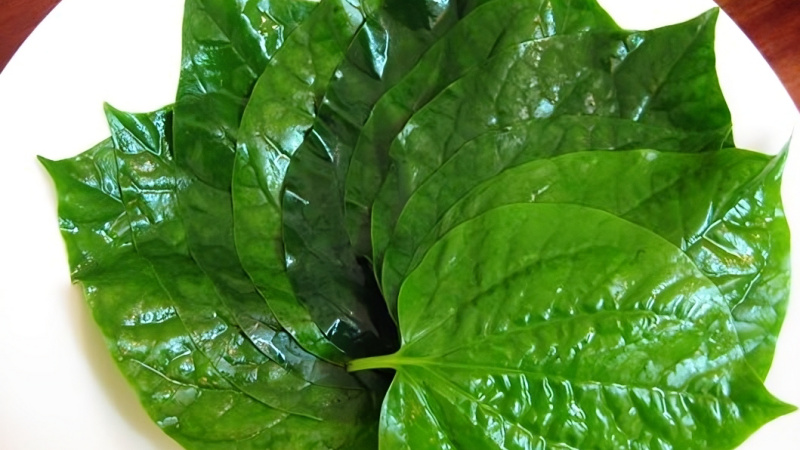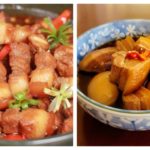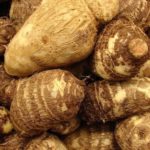Chả lá lốt is a well-known dish in Vietnamese cuisine. Many people often wonder whether to roll the veiny side or the smooth side of the leaves when preparing this dish. In this article, we will provide some insights to help answer this question.
1 When rolling chả lá lốt, should I roll the veiny side or the smooth side of the leaves?
To retain the vibrant green color of the lá lốt after frying, it is recommended to blanch the leaves with boiling water and then soak them in cold water before rolling the chả.
Regarding whether to turn the veiny side or the smooth side of the leaves outwards when rolling chả, there are two different viewpoints. Some believe that turning the veiny side outwards allows the inner part of the leaves to stick more easily to the chả. On the other hand, some prefer turning the smooth side outwards for a visually appealing presentation. In reality, both approaches are acceptable. You can choose either side depending on your preference and desired outcome.
 When rolling chả lá lốt, should I roll the veiny side or the smooth side of the leaves?
When rolling chả lá lốt, should I roll the veiny side or the smooth side of the leaves?
When using lá lốt leaves to roll chả, it is advisable to fold the edges of the leaves on both sides before placing them on top of the meat and rolling them into a cylindrical shape. This practice helps ensure evenness in the size of the final product, as lá lốt leaves can vary in size. Thus, folding the edges facilitates adjustment and allows for an aesthetically pleasing presentation on the plate.
 When using lá lốt to roll chả, you should fold the edges of the leaves on both sides
When using lá lốt to roll chả, you should fold the edges of the leaves on both sides
2 How to choose good lá lốt
When selecting lá lốt leaves, it is important to consider the following factors:
- Freshness: Choose leaves that are dark green, fresh, and free from signs of wilting. The leaves should be elastic and not too brittle or torn.
- Absence of bruises or dents: Check for any dents or yellow spots on the leaves. Dented or yellowed leaves might be difficult to roll and may not have an appealing aroma after cooking.
- Fragrance: Smell the leaves to check for their natural and distinctive fragrance. Avoid leaves with a pungent or unpleasant smell, as this may indicate the use of pesticides.
- Size and flexibility: Choose leaves that are suitable in size for your intended use. They should be soft enough to roll without tearing, but not too thin.
- Avoid young leaves: Pale green leaves are young and not fully developed. They are usually soft and lack the distinct fragrance of mature lá lốt leaves, so it is best to avoid using them for rolling chả.
 How to choose good lá lốt
How to choose good lá lốt
In conclusion, we have provided insights into the debate of whether to roll the veiny side or the smooth side when preparing chả lá lốt. We hope this article has been informative and helpful. Thank you for reading!



































